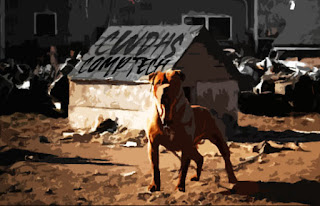In one of those strange coincidences that seem to be happening a lot lately, I read an article in Wired Magazine about the secret development of the F14 Tomcat fighter plane, which had a complex micro-processor controlling many aspects of this incredible plane years before Intel invented the ‘first microprocessor‘. I love hidden histories like this that show how technology actually evolved rather than depending on corporate revisionist history.
| Wireds’ article on the engineer that almost wasn’t who helped to develop the world’s first micro-processor speaks to the academic prejudice that still fuels our schools. |
The article highlighted Ray Holt, an ‘accidental’ engineer who played a pivotal role in physically creating this ground-breaking piece of technology. Ray was discounted in high school and deflected out of STEM pathways in much the same way I was. It’s a ‘do it our way or forget about it’ approach in most high school STEM classes. That experience is why I teach technology in the way that I do.
The article describes how Ray, this groundbreaking engineer, found his way into education. His approach in teaching it is very similar to my own:
I’ve developed this to the point where my senior students can weigh their marks in each area of the course (computer technology curriculum is absurdly wide-ranging from electronics engineering to coding to information technology to robotics – each of which would be its own program in post-secondary), so that they can focus on their specialty without being swamped by a vague and capricious curriculum. I could get all academically rigorous about it and hold their feet in the fire through all aspects of the curriculum, but that isn’t realistic, nor is it humane.
I’m also all about the underdogs, to the point where my program logo is a junkyard dog. Helping socio-economically disadvantaged or neuro-atypical or non-gender-normative students find their way into technology is one of the things that drives me. I love that we come out of nowhere at national events from a composite, rural, community school representing students that wouldn’t even be admitted to the schools who we often compete against… and beat.
from Blogger https://ift.tt/3vabKD0
via IFTTT


